The Sabarmati Ashram in Ahmedabad is in news for its redesign and redevelopment which is inviting ire from Gandhians. They feel the sanctity of the Ashram should not be mutilated.
Vibes of India delves into the fine, many known and several unknown outstanding aspects of this unique abode of peace envisaged by the Mahatma besides detailing its socio-political role and context. The Ashram was a serene place that shaped much of Mahatma’s philosophy and actions which later came to the forefront during the Independence movement.
From establishing the foundation of his fight against religious and caste-based discrimination, breaking societal stereotypes, to driving the British out of India, the ashram was Gandhiji’s ground zero and his sanctum sanctorum. The Gandhi Ashram located on the banks of the Sabarmati river saw India in its various colours, revolutions and contextual histories but one thing that remains uncontested is the fact that this Sabarmati Ashram continues to remain Mahatma Gandhi’s most poignant creation and beautiful gift to the humanity.
As inarticulate he may have seemed in Mumbai courts, Gandhiji found self-actualization in discovering the theory of Satyagraha in the southern part of the dark continent – Africa.
He taught people to fight for their rights and to oppose injustice; he steered the fight against apartheid in South Africa through the principles of non-violence. With the experience of this battle, he set out to return to India in 1914, carrying the infallible weapon of self-confidence and the principles of Satyagraha. Those who knew his herculean efforts in South Africa looked at him with immense hope.
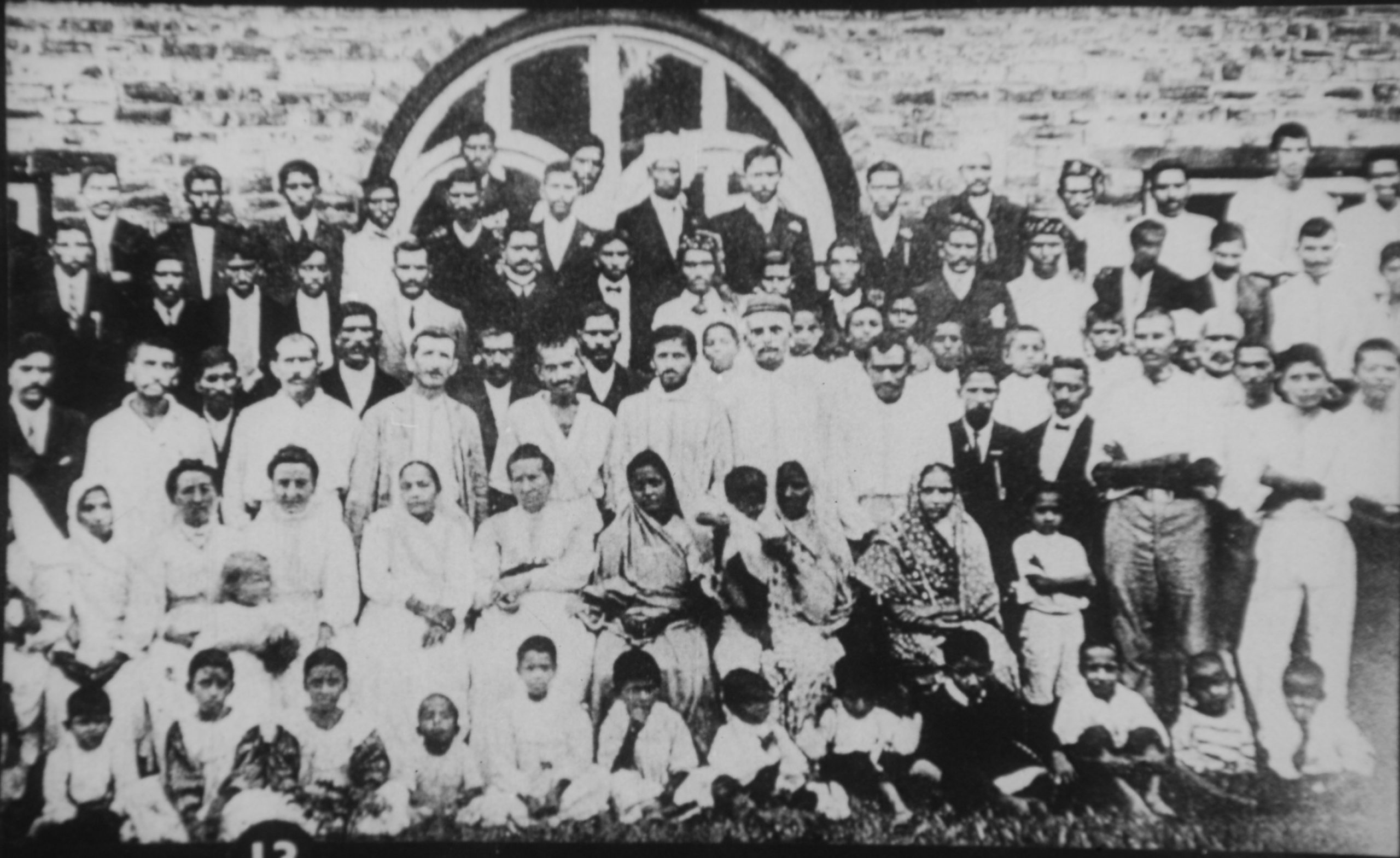
After his departure from South Africa, and a brief visit to England, Gandhiji came to India along with a few selected activists and family members. The group came to be known as the Phoenix party (They were the original inmates of the Phoenix settlement established in 1902 at Durban, where Satyagrah was first used as a weapon of political dissidence). The Ashram of Swami Shraddhanand of Kangdi Gurukul was selected as their residence in the beginning, then the group stayed at Shantiniketan of Rabindranath Tagore.
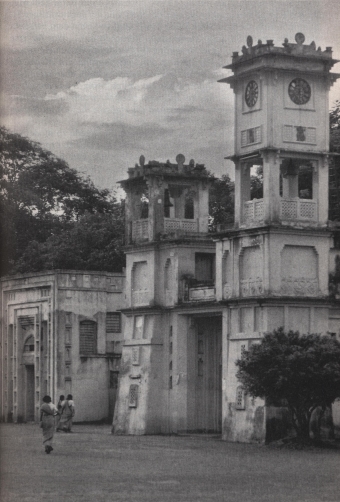
The ashram was a beautiful blend of austerity, love and art. So as to nurture the familial sentiment amongst all, the teachers were given meaningful epithets. So Kakasaheb Kalelkar became ‘Kaka’, Phadke ‘Mama’, Harihar Sharma ‘Anna’, Anand ‘Swami’, and Patvardhan was ‘Appa’
Gandhiji was asked by Gopal Krishna Gokhale to travel for a year and refrain from forming an opinion on any public issue or expressing it. Gandhiji kept his promise and travelled across India and visited many institutions.
After his tour, he wanted the ashram tradition to be continued for himself and his Phoenix brethren. And above all, he wanted to establish an ‘ashram’ to deal with the public issues, for the adoption of a moral path, for implementing the ideal of moral discipline. After visiting several regions of India and receiving insistent invitations from different places, Gandhiji decided to establish his own ashram in Ahmedabad. At that time, Ahmedabad was an important centre of the textile capital of India. It was hoped that the affluent people here would be able to help more financially. Of all the reasons, the most important reason in Gandhiji’s eyes was that being a Gujarati himself, he would be able to serve the nation better through the Gujarati language.
Establishment of Kochrab
The Ashram was started on May 15, 1917, by renting a bungalow from Barrister Jivanlal Desai near Kochrab village in Ahmedabad. There was a lot of discussion in naming the ashram at that time. Different people suggested many names like Tapovan, Sevamandir, Satyagrahashram, Deshsevashram. In the end, the name “Satyagrahashram” which contained the connotations of the idea of service and the method of service, was selected. It was to be an introduction to the method he had put to use to fight injustice in South Africa, to India. Initially, the ashram was started by 13 Tamilians whom Gandhiji had brought with him from South Africa and about twenty-five other local men and women. The rulebook was formed and the habitation at the ashram began.
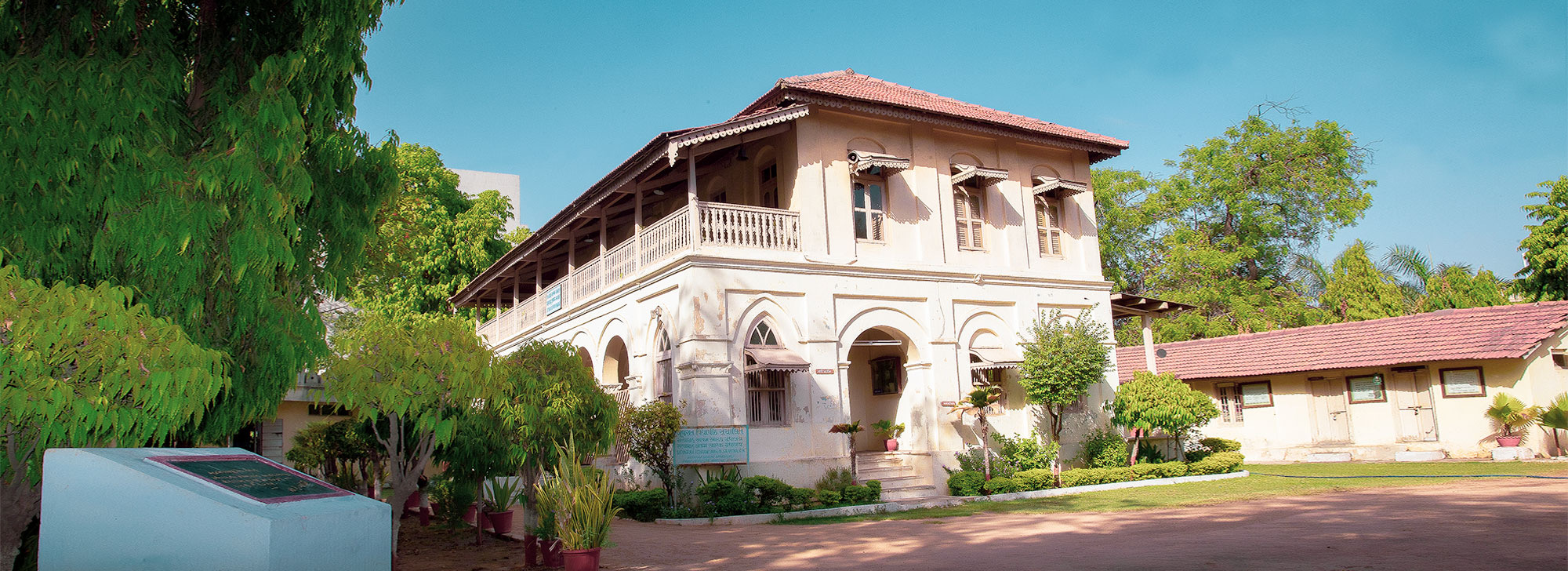
The first test: Untouchability
It was only a short time after the ashram started that it met with a formidable test. In the rules of the ashram, untouchability was fully denounced. It was resolved that whoever came to the ashram had to be willing to follow the rules and overcome their prejudices towards caste, creed and religion.
Shortly, Amrutlal Thakkar, an ardent social reformer known as Thakkarbapa, wrote to the ashram asking if a poor family from the bottom of the established caste hierarchy, was looking for shelter and if they would be accepted inside the ashram. Gandhiji readily agreed without hesitation. Dudabhai, Danibahen and little Lakshmi came to the ashram. However, their arrival was not appreciated in the ashram. Kasturba and other women’s groups did not like it either.
The waterman would abuse and torment them with casteist taunts while fetching the water from the well lest he become impure if the drops from their pots touch him. After Gandhiji’s persuasion, everyone acquiesced. Kasturba adopted little Lakshmi and raised her as her own daughter with love. The first test was won.
Shift to Sabarmati
Kochrab was a small village near Ahmedabad at the time of the outbreak of the plague. The children could not be protected from the disease. There was no strength left for implementing the hygiene norms or serving the needful during such difficult times. Gandhiji considered the plague as a notice to leave the ashram and assigned the task of finding a new place to Punjabhai Hirchand, a servant and trader close to the ashram. Gandhiji liked the location near the Sabarmati Central Jail, the reason being that the jail was like a second home for the Satyagrahis at that time. He also knew that when choosing a prison site, the government ensures cleanliness and security in the surroundings, which could also work to the benefit of Ashram. Sabarmati Ashram was finally established on June 17, 1917.
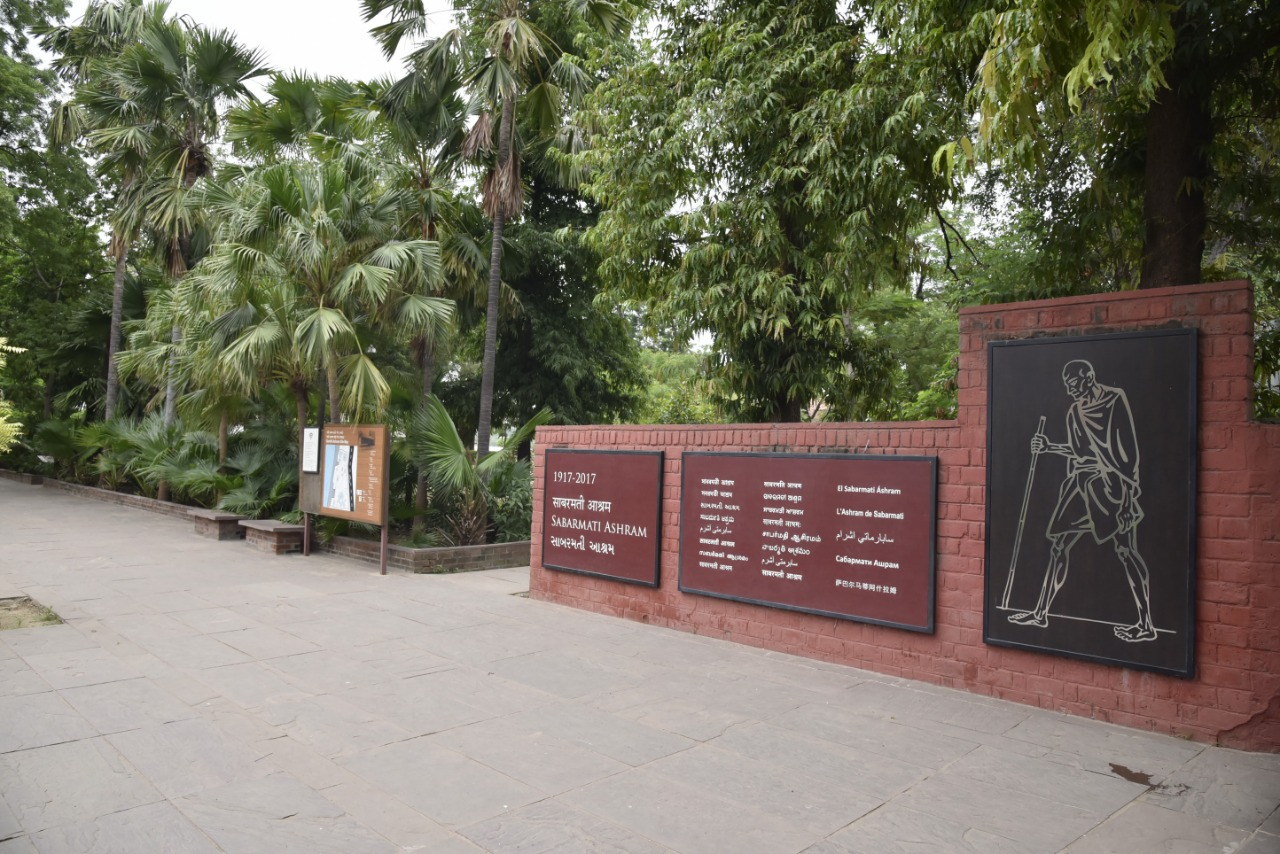
The Ashram had a prayer ground on sandy plains on the bank of the river. It was the heart of the ashram. There, Gandhiji delivered discourses after prayers. From that very place, he delivered many on spirituality, politics, economy, celibacy, children’s hygiene, and untouchability.
The mission of the ashram was to imbibe the message of service to the nation and to do it until death. With this objective, the ashram was divided into three parts: Administrators, probationers, and learners.
In order to live in the ashram and to learn about service to the nation, it was necessary to follow some vows and rules. The administrators oversaw them.
The list included:
- Vow of truth
- Vow of non-violence
- Vow of celibacy
- Aswad (Avoiding indulging in food)
- Asteya Vrat (Avoiding unnecessary usage of resources)
- Aparigraha Vrat (Avoiding possessions)
- Swadeshi (Vow to prefer local products)
- Nirbhaya Vrat (Vow to live life fearlessly)
- Vow against untouchability (for countering the untouchability, though it must be mentioned here that it is not meant for the food or practice)
- Swabhasha (pride in language)
- Self-help
- Knitting work
- State policy
If one was not capable enough to take these vows, he would be admitted to the ashram as a probationer, and when he was read, he would become an administrator.
The observance of the vow of celibacy did not mean to exclude the acceptance of the household life. A marriage ritual format was introduced for all communities. So that any ashram inmate could perform these rites, a standard format was also prepared. Newlyweds were expected to adhere to the prescribed code of conduct as in Saptapadi – the Hindu marital vows. Fatima, the eldest daughter of Imam Saheb Abdul Qadir, an ally of Gandhiji in South Africa, was married in a Muslim ceremony at the ashram. Great-granddaughter of ashram administrator Maganlal Gandhi, Gandhiji’s son Devdas, Lakshmiji, a patron on several occasions like the ones in South Africa or during his travels to England, Pranjivan Mehta, Vallabhbhai Patel’s son Dahyabhai, industrialist Jamnalal Bajaj’s daughter Kamalabahen, Gandhiji’s grandson Kanti Gandhi were all married at the ashram.
The marriage ceremonies were simple. There would not be elaborate religious rituals or negotiations for dowry. To underline the solemnity and sanctity of married life to newlyweds, selected Sanskrit verses were translated into Gujarati for the bride and groom. After the ceremony, Gandhiji would bless the couple by offering a cotton thread spun by him. In the latter part of his life, Gandhiji took a vow to attend a wedding only if either the bride or the groom belonged to the Harijan community.
Ashram and the political movement
Because of Gandhiji, the ashram became the centre of political activities. Whether it was the non-cooperation movement at Borsad or Satyagraha like the Dandi March, ashram dwellers occupied the central stage. The British government also kept an eye on the activities of the Ashram as Gandhiji was running fiery newspapers like Navjivan and Young India for nation-building in which his inclination was clearly evident. The Rowlatt Act ushered in a new era in Indian politics which catapulted the Mahatma to the forefront of Indian politics. Satyagraha was started by the ashram in protest of the Rowlatt Bill. Muslims too joined in.
At least 79 activists had volunteered were ready to join the Dandi March with Gandhiji. Though many from Gujarat and elsewhere were ready to join, Bapuji decreed that only Ashram inmates should be part of the march. Addressing the Ashram dwellers after the prayer, Bapu said, “One has to sacrifice himself at the altar of the nation. There shall be no backtracking. All adversities encountered shall have to be faced cheerfully. One must subscribe to join the march only if ready for such predicament.”
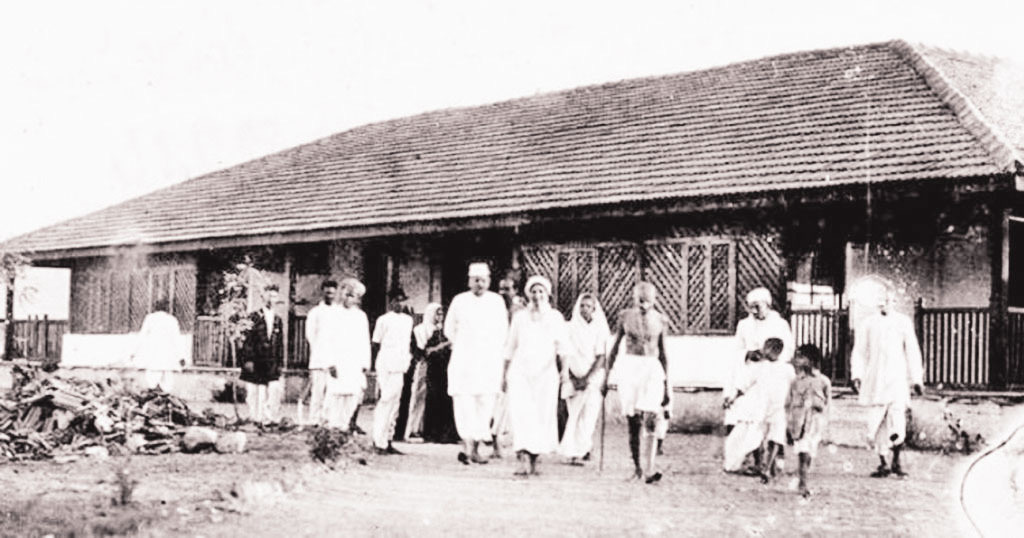
Dandi March (Dandi Kooch) was christened Dandiyatra (pilgrimage to Dandi) as this campaign was conceived as a crusade. Upon his departure, Gandhiji made the historic declaration that, “If I do not get Swaraj, I will die on the way, I will stay outside the ashram. If the salt tax is not revoked, I do not have any intention to return to ashram.”
Addressing another gathering at Chandola in Ahmedabad, he uttered his world-famous proclamation, “I shall die a death of a stray dog or of a raven, but I shall not return to the ashram without attaining freedom for India.”
After leaving for the Dandi March in 1930, Gandhiji never returned to Ashram during his lifetime.
Akin to a steam engine replenishing its stock of coal, Gandhiji would come to the Ashram to restore his energy. The ashram was his chef d’oeuvre. His escape.


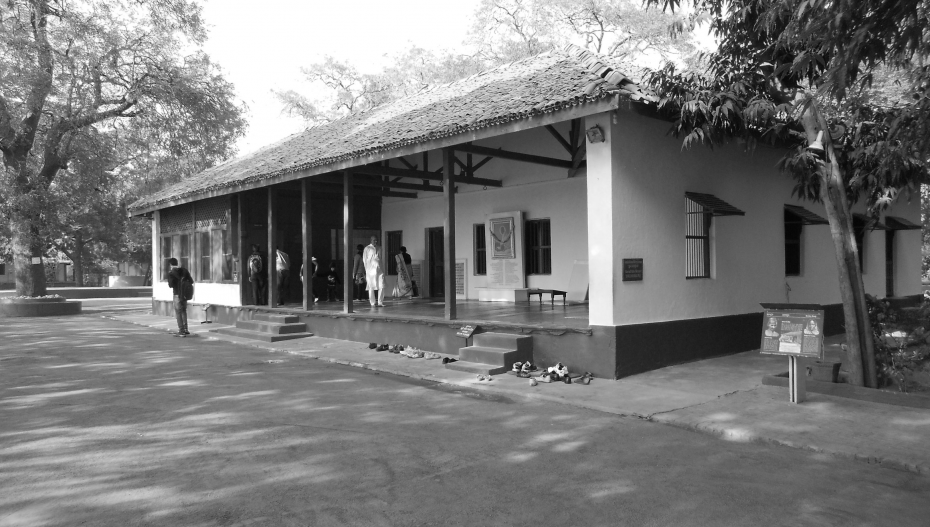










It’s very informative , This basic history and then after the great history is great ….. Congrats sharing this matter Thanks